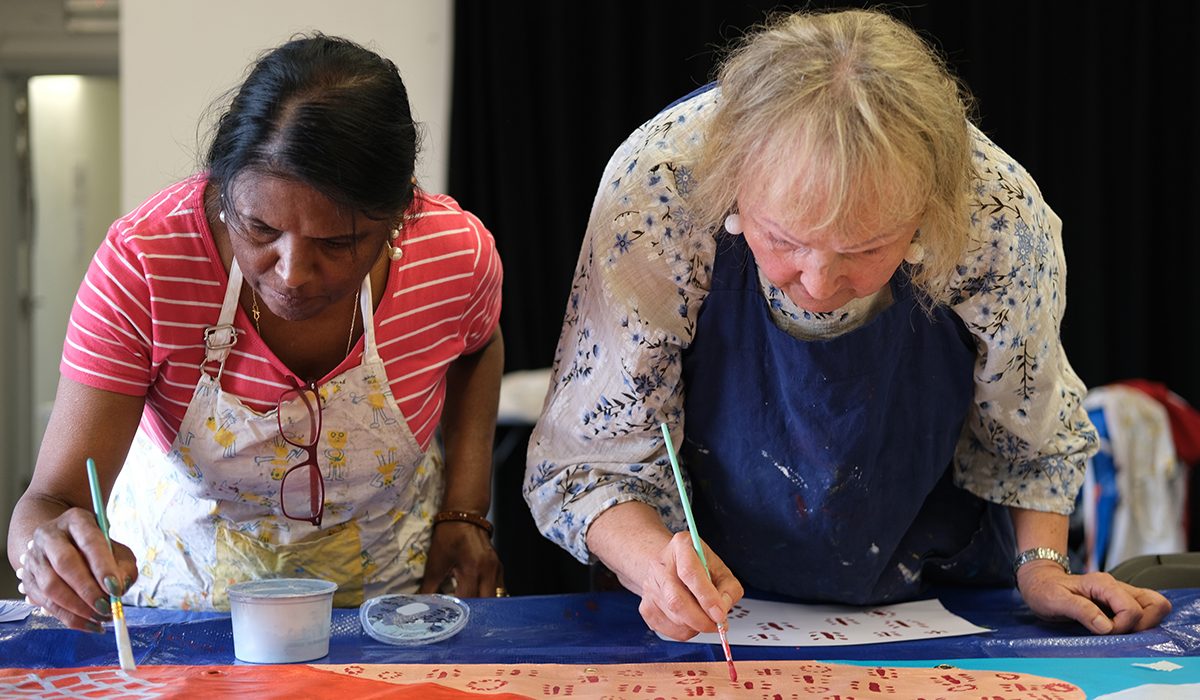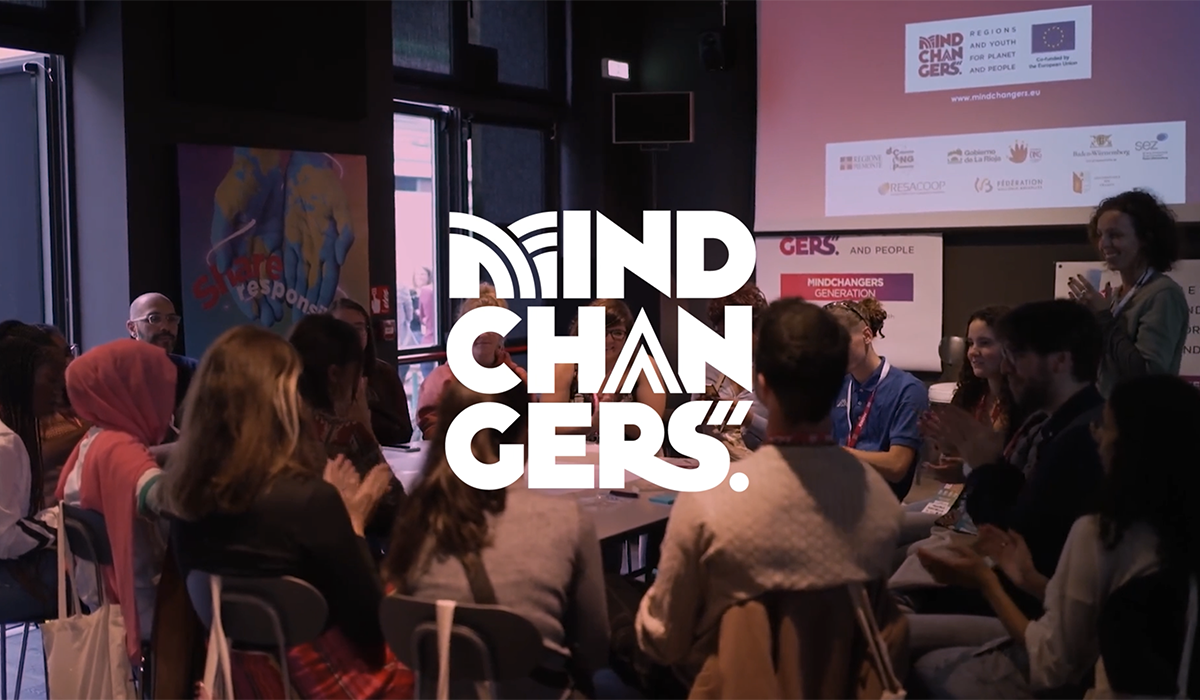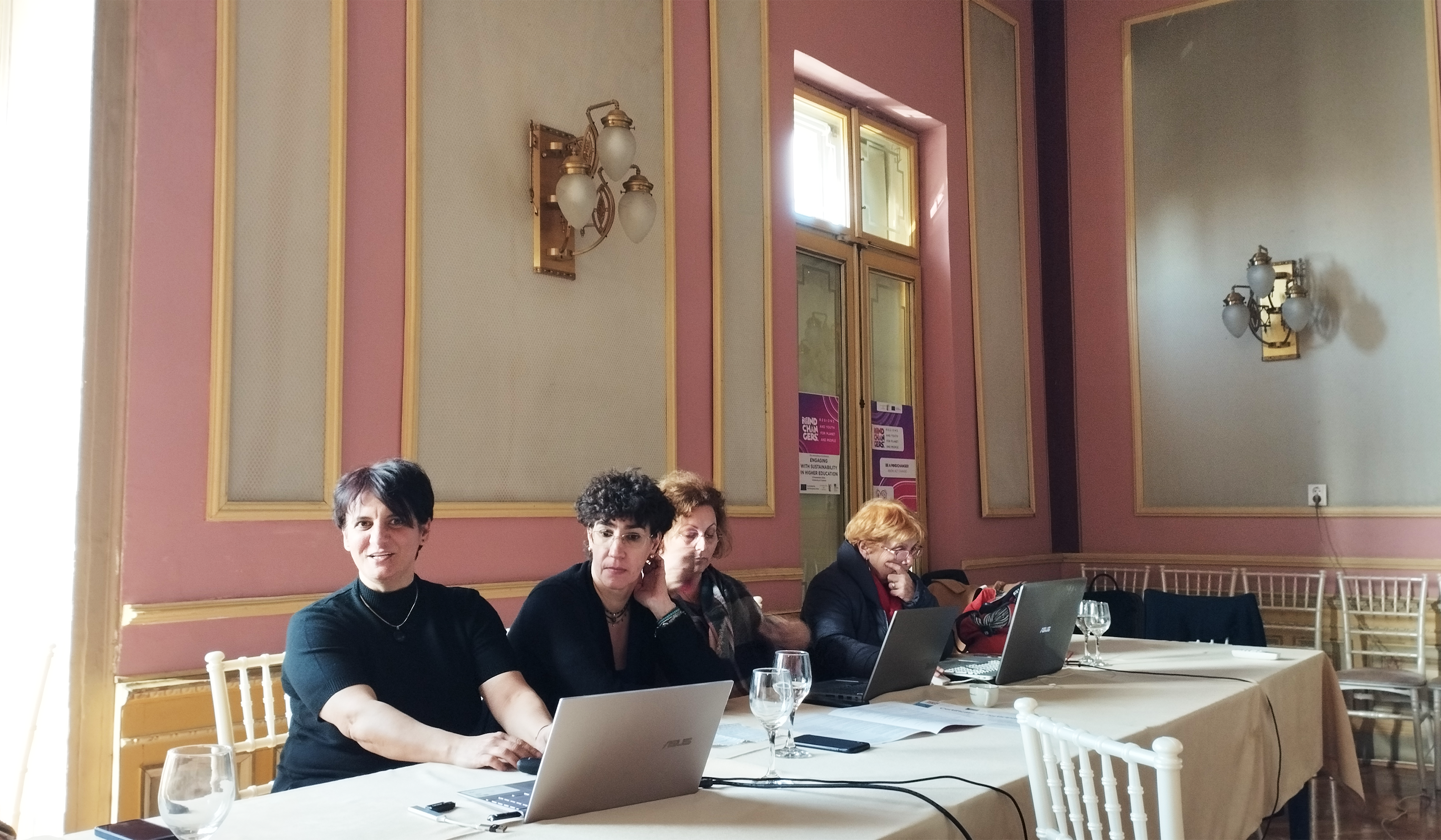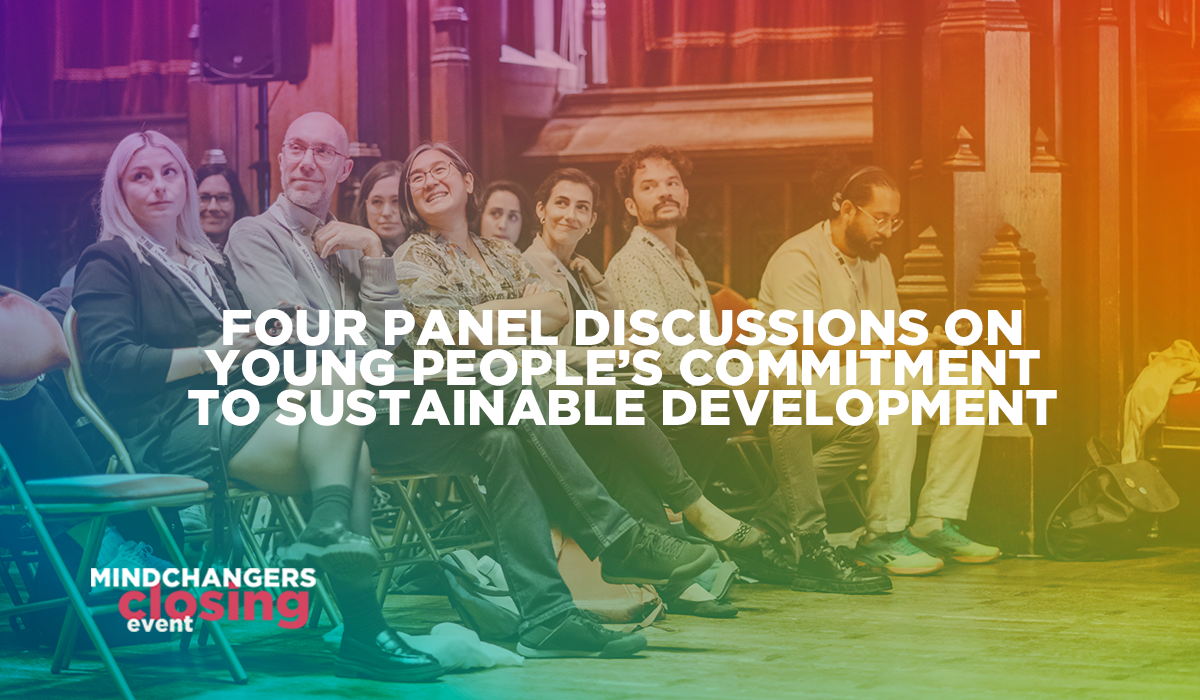American Night by Marc Camille Chaimowicz revealed the video-making talents of a number of would-be tik tokers, eager to demonstrate the usefulness of plug-in filters and gadgets of all kinds capable of mimicking night in broad daylight, while the elders were eager to learn more about the artist’s approach and the art pieces’ historical context. At first sight, it looked like it could be hard to get participants to talk to each other. But contemplation eventually got the better of them. One day, the guide invited them to pay attention to Chaimowicz’ “Celebration. Realife” and to ponder the following question: what is essential to celebrate (real) life? The discussion that followed showed that similarities could be felt beyond the differences. Minds were racing, questions were flying. Their shared journey could finally begin…Later on, the group visited Night in the garden of Love, an exhibition which led the participants to wander between virtual realities and plant-inspired art installations. The art work called “D-possession” raised questions about consumption habits, among other topics. Finally, the initial time set aside for the workshops was put to good use by the participants for a lively exchange of views.
At the end of June, during a creative week led by Alalata, the participants collaborated on a collective work of art that has been displayed during Expoétik, a poetic exhibition, and during the Park Poétik summer festival in Forest.






